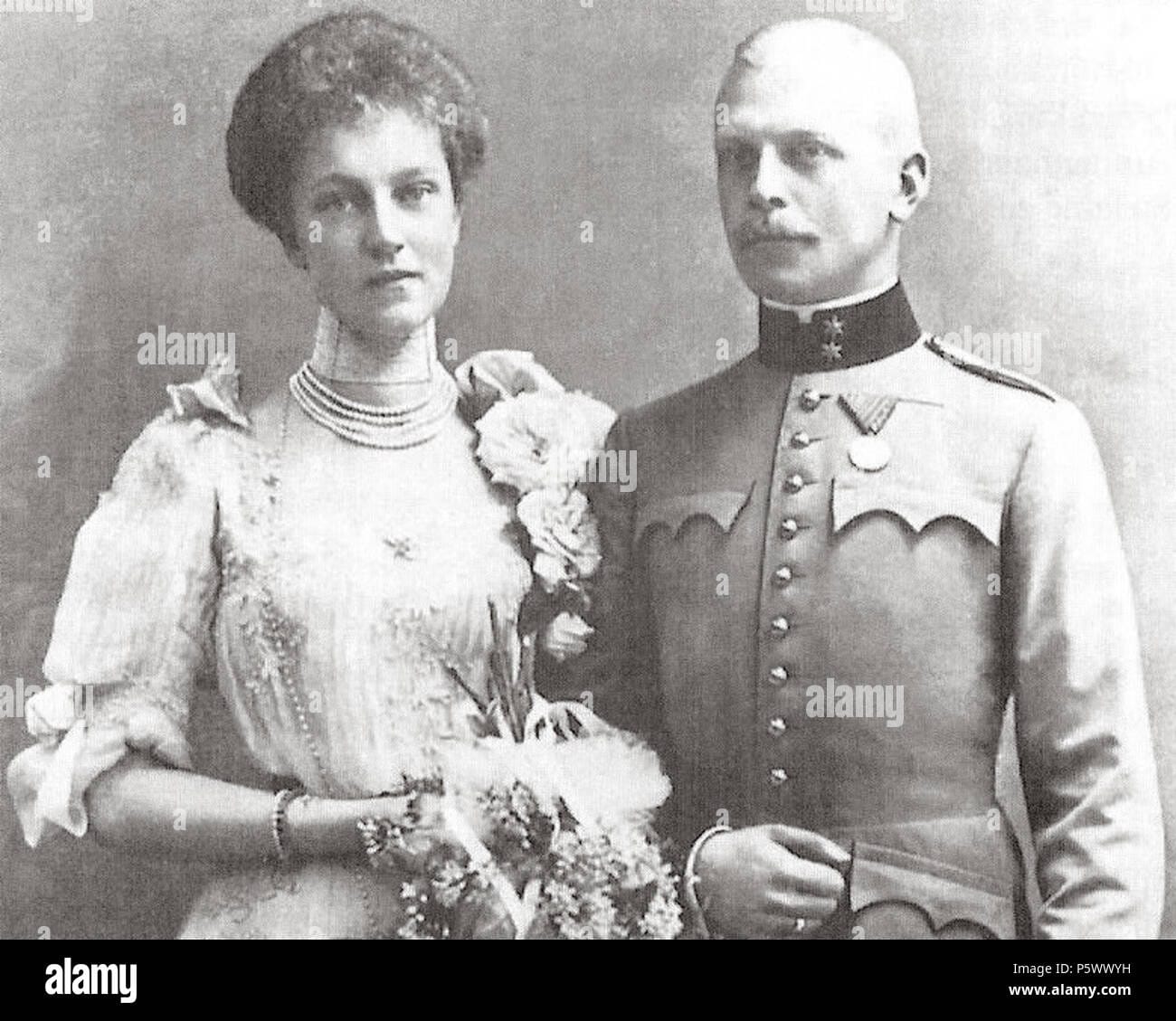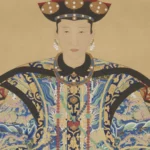A Life of Influence: Archduchess Sophie of Austria
Archduchess Sophie of Austria, mother-in-law to the renowned Empress Elisabeth, or “Sisi,” stands as a pivotal figure in Habsburg history. Her life, marked by both political maneuvering and personal sorrows, continues to captivate historians. This article delves into the complexities of Archduchess Sophie’s life, her undeniable influence within the Habsburg dynasty, and her enduring, albeit often overlooked, legacy.
The Iron Empress: A Life Shaped by Tradition
Born Princess Sophie Friederike Dorothea Maria Josepha of Bavaria on March 5, 1855, Archduchess Sophie entered the world amidst the grandeur of the Habsburg court. As the firstborn child of Emperor Franz Joseph I and Empress Elisabeth, Sophie’s birth was met with great celebration. She was named in honor of her paternal grandmother, Archduchess Sophie of Austria (born Princess Sophie of Bavaria), a woman who wielded considerable influence within the Habsburg dynasty.
Sophie’s early life took an unexpected turn when she and her younger sister, Gisela, were placed under the primary care of their formidable grandmother. While the official reasoning suggested that Empress Elisabeth was too young and inexperienced for the demands of motherhood, some historians speculate that Archduchess Sophie (the elder) orchestrated this arrangement to ensure her control over the upbringing of the future Habsburg heirs.
This separation created a deep rift between Empress Elisabeth and her mother-in-law. Elisabeth expressed her sorrow and frustration in her writings, stating, “She took my children from me straight away. I was only allowed to see them when Sophie [of Bavaria] gave her consent. She was always present when I went to visit the children. Eventually, I could only concede to her and only seldom went up to see them.”
A Life Cut Short: Tragedy in the Habsburg Court
On May 29, 1857, tragedy struck the Habsburg court. At just two years old, Archduchess Sophie died while traveling with her family in Buda (now Budapest), Hungary. The exact cause of death remains uncertain, but historical records suggest she likely succumbed to typhoid fever, a common and often deadly illness during that era.
Sophie’s death devastated her parents, particularly Empress Elisabeth, who carried an immense burden of guilt. This profound loss cast a long shadow over Elisabeth’s life and further strained her relationship with the Habsburg court. The tragedy underscores the precarious nature of life, even within the most privileged families, and serves as a poignant reminder of the devastating impact of childhood illnesses in the 19th century.
Beyond Sisi: Unveiling the Habsburg Dynasty’s Matriarch
The story of Archduchess Sophie of Austria, while brief, provides a window into the intricate workings of the Habsburg court. It illuminates the often-unspoken power dynamics within the family, the challenges of motherhood within a rigid royal system, and the enduring impact of personal loss. Further investigation into Sophie’s life, particularly regarding the circumstances surrounding her upbringing and untimely death, may reveal new insights into the personal and political landscape of the Habsburg dynasty.
Archduchess Sophie’s Legacy: More Than a Name
Archduchess Sophie’s life, while tragically cut short, had a profound impact on her family and, by extension, the Habsburg dynasty. Her death deeply affected her mother, Empress Elisabeth, shaping the empress’s emotional landscape and influencing her future relationships. The tragedy also serves as a stark reminder of the high rate of childhood mortality in the 19th century, even among the wealthiest and most powerful families.
While history often focuses on the lives of emperors and empresses, Archduchess Sophie’s story emphasizes the importance of examining those who may have lived in the shadows but nonetheless played significant roles in shaping the course of events.
- Unlock Elemental 2 Secrets: Actionable Insights Now - April 2, 2025
- Lot’s Wife’s Name: Unveiling the Mystery of Sodom’s Fall - April 2, 2025
- Photocell Sensors: A Complete Guide for Selection and Implementation - April 2, 2025
















